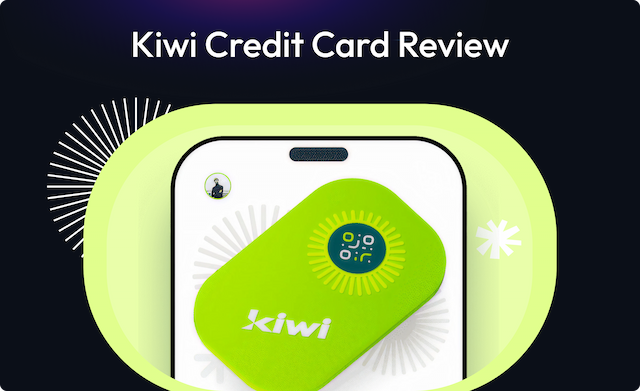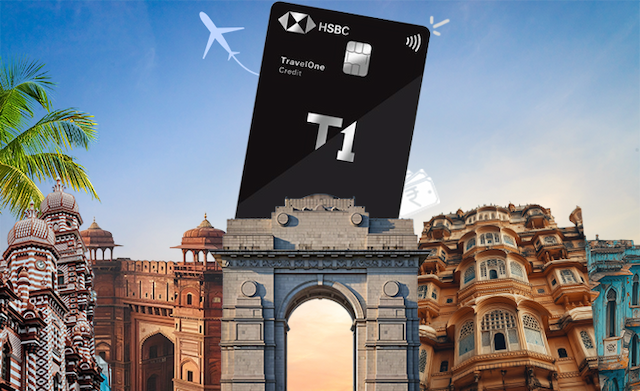How to Set Up Auto Pay for Your Credit Card Bill Online: A Comprehensive Guide
Paying your credit card bills on time is essential to avoid late fees, interest charges, and a negative impact on your credit score. But with busy schedules, it’s easy to forget due dates. That’s where Auto Pay comes in—a simple and secure way to ensure your credit card bills are paid on time, every time.
In this guide, we’ll walk you through various online methods to enable Auto Pay for your credit card in India, so you never have to worry about missed payments again.
What is Auto Pay?
Auto Pay is a feature that automatically deducts your credit card bill amount from your linked savings account on the due date. You can choose to pay:
- Full Statement Balance – Pays off your entire bill, avoiding interest charges.
- Minimum Amount Due – Ensures you avoid late fees but may lead to interest accumulation.
- Custom Amount – You decide how much to pay each month.
By setting up Auto Pay, you eliminate the hassle of remembering due dates and maintain a healthy credit score effortlessly.
Methods to Set Up Auto Pay Online
Here are various ways to enable Auto Pay for your credit card bill:
1. Through Your Credit Card Issuer’s Net Banking Portal
- Log in to your bank’s Net Banking portal (e.g., HDFC, SBI, ICICI).
- Navigate to the Credit Card section and select Auto Pay or Standing Instructions.
- Choose your credit card and select the payment type (full, minimum, or custom).
- Link your savings account, confirm the payment date, and submit the request.
2. Via Your Bank’s Mobile App
- Open your bank’s mobile app (e.g., HDFC, SBI YONO, Axis Bank).
- Navigate to Credit Card Services and select Auto Pay.
- Choose your credit card and set the payment preference.
- Confirm and authorize the setup.
3. Using Third-Party Payment Apps (CRED, Paytm, Google Pay)
- Open the app and go to Credit Card Bills.
- Select your credit card and tap on Enable Auto Pay.
- Link your bank account and select the payment type.
- Authorize via UPI or Net Banking.
4. Through Your Credit Card Issuer’s Website
- Log in to your credit card issuer’s website (e.g., SBI Card, Citibank/Axis Bank).
- Navigate to Payment Options → Auto Debit.
- Enter your bank details and choose the payment type.
- Submit and verify via OTP.
5. Using UPI Auto Pay
- Open a UPI-enabled app (e.g., PhonePe, Google Pay, Paytm).
- Navigate to Auto Pay → Select your credit card issuer.
- Set up a recurring mandate with the desired payment amount.
- Approve the mandate using your UPI PIN.
6. Via Bill Payment Aggregators (BillDesk, PayU)
- Visit BillDesk or PayU and select your credit card issuer.
- Enter your card details and choose Recurring Payments.
- Link your bank account and authorize Auto Pay.
How to Modify or Cancel Auto Pay?
- Net Banking/Mobile App – Go to ‘Standing Instructions’ and modify or cancel Auto Pay.
- UPI Auto Pay – Revoke the mandate in your UPI app under ‘Manage Mandates’.
- Third-Party Apps – Disable Auto Pay in app settings.
Benefits of Auto Pay
- Avoid Late Payment Fees & Interest Charges: Auto Pay ensures timely payments, saving you from penalties.
- Improve Your Credit Score: Timely payments help maintain a high CIBIL score, improving your financial health.
- Save Time & Reduce Stress: Automating bill payments simplifies finances.
- Prevent Accidental Missed Payments: Auto Pay ensures bills are paid even when you’re busy.
- Sync Payments with Your Salary Cycle: RBI allows users to change due dates to align with salary cycles for better money management.
Conclusion
Setting up Auto Pay for your credit card is a simple yet powerful way to manage your finances efficiently. Whether through Net Banking, Mobile Apps, UPI, or Third-Party Platforms, automating payments helps you avoid fees, boost your credit score, and maintain financial discipline.
💡 Take Action Now! Enable Auto Pay today and enjoy stress-free credit card bill payments!




.png&w=640&q=75)


